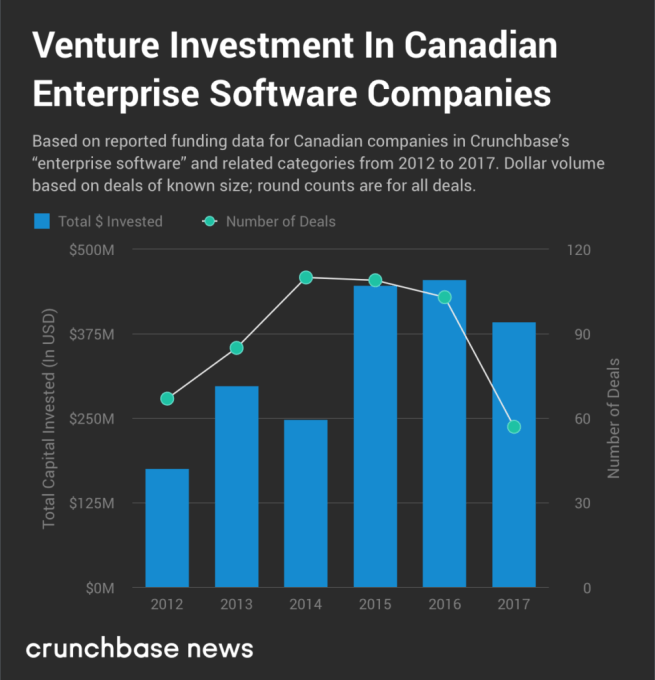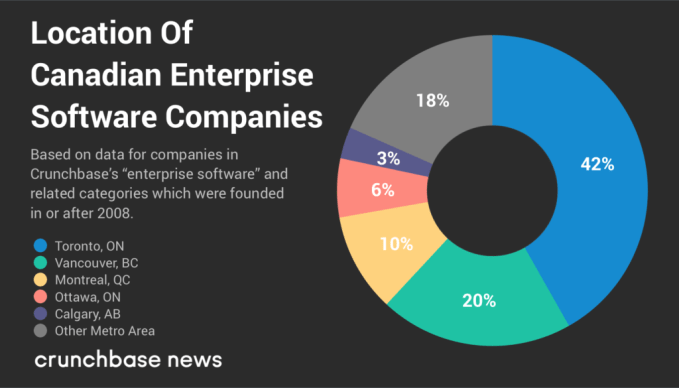Nokia last week said that it was selling off its digital health business, after failing to develop it into a substantial business itself, but this week the Finnish company is announcing an acquisition that underscores how it is doubling down in another one of its business areas, the Internet of Things. Nokia has acquired SpaceTime Insight, a California-based IoT startup that provides predictive analytics based on machine learning algorithms.
Terms of the deal are not being disclosed, Bhaskar Gorti, president of Nokia Software, said in an interview. The startup had raised between $50 million and $65 million in funding (based on figures from Crunchbase and PitchBook), and PitchBook last estimated its valuation at just over $103 million in 2016. Backers of the startup included the energy giant E.ON, Novus Energy Partners, Zouk Capital and more.
As a measure of the significance of the deal for Nokia, Rob Schilling, who had been CEO of SpaceTime, will become the head of Nokia’s IoT unit.
IoT today is a fairly small part of Nokia’s business: the company reported over €23 billion in annual revenues last year. Of that, the software division reported only €1.6 billion of business, and IoT will sit somewhere within that.
But we’re at a moment right now where a lot of carriers and large industrial businesses are investing in IoT services — the former as a business opportunity to offset declines in more legacy business lines and slower growth in mobile services; and the latter to improve their efficiencies on both legacy and new equipment.
And just as these companies are trying to catch the next big wave, Nokia itself is facing the same declining, levelling and efficiency trends. So it, too, is also looking for ways of diversifying its own communications equipment business. In that context, Gorti said that Nokia is keen to seize the moment and invest in growing its own IoT business.
“All devices [eventually] have to connect,” he said. “IoT is strategic for us, and we are moving in this direction.” He said that Nokia itself is building an IoT network that it plans to offer to service providers. “It’s a multi-prong strategy to address the market segment.”
SpaceTime is an interesting acquisition not only because will help Nokia tap into utilising more artificial intelligence — which by many accounts has become and will be the essential cornerstone of how IT services operate — but because it’s also bringing something else to the business: customers.
SpaceTime is coming to Nokia with an established set of customers, including Entergy, FedEx, NextEra Energy and Singapore Power, and Gorti said that these will continue to be customers and become an opportunity for further business.
“Over the last few years have been selling networking products in hardware and software to industries like utilities and transportation, and this will help us move up the value chain, addressing other business problems our customers have,” he said.
And for SpaceTime, it gives the startup to sell its solutions into much bigger customers that already work with Nokia. (Nokia may no longer be the world’s biggest handset maker, but it still has an extensive relationship with carriers. Among those, some of them, like Verizon — which, disclaimer, also owns us — is also putting a lot of investment into its IoT business, making it a natural target for solutions like these.)
“Today marks a transformational moment for SpaceTime, and I’m delighted to join forces with one of the world’s top organizations,” said Rob Schilling, CEO of SpaceTime Insight. “I am excited for this incredible opportunity to help accelerate and scale Nokia’s IoT business and provide a new class of next-generation IoT solutions customers cannot find anywhere else.”
More generally, Gorti said that there is an interesting period of consolidation underway in the IoT world. As in other areas of tech, a big infusion of cash from the world of VC has led to a large crop of IoT startups sprouting up. But inevitably, we’re now seeing a shift where smaller but promising businesses are looking to come together around bigger platforms.
“I think the landscape is maturing,” he said. “Two to three years ago, there was a lot of hype and noise, with the main focus on connectivity management. Now people are focusing on vertical industries and use cases, whether that is analytics or surveillance or something else. If you look at the value pyramid, 80% is in applications and analytics, and the rest is connectivity. That also means the platform-based approach is starting to build up more.”





